This project is a 2t/h Bulgarian straw pellet production line project. The customer uses straw and sawdust to process straw feed and biomass pellet fuel. The project has a fixed staff of 12 people. 2 shifts, 16h/d, 300d/a, 6 people per shift.
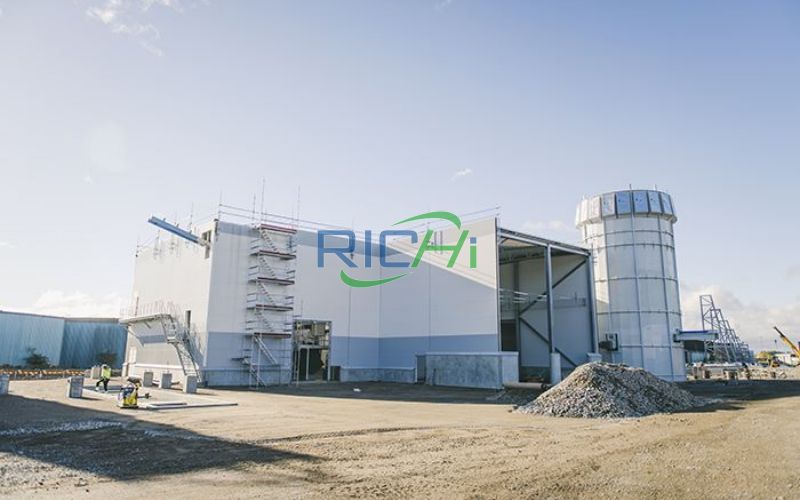
Bulgaria is a country rich in agricultural resources, with suitable climate and soil conditions, suitable for the cultivation of many agricultural products. The main agricultural products planted include wheat, corn, soybeans, grapes, tobacco, etc. Therefore, its crop straw resources are very rich and are a renewable green material energy. Making full use of waste raw material resources such as straw and wood can achieve effective utilization of resources.
In this context, the customer of this biomass wood straw pellet plant in Bulgaria project, using sufficient wheat straw, corn straw, soybean straw and other straw waste, decided to implement the "using straw to process biomass fuel pellets and forage project".
Its products are mainly straw and sawdust as raw materials. After professional mechanical processing, they are compressed into forage and biomass fuel pellets with high calorific value, low ash powder, high energy and no pollution.
Name:
Biomass pellet plant for feed and fuel
Country:
Bulgaria
Date:
2024.02.18
Capacity:
2T/H
Pellet Size:
6-10mm
The install period:
25 Days
Control Mode:
Semi-automatic
Guiding Price:
180,000 USD
This biomass wood straw pellet plant in Bulgaria project is expected to use straw or sawdust to produce 8,000 tons of biomass pellets and 2,000 tons of biomass block products annually. The finished products made of straw can be used as both fuel and feed; the finished products made of sawdust can only be used as fuel.
According to market demand, the products are divided into pellets and blocks. The length of the pellets is 4-12mm, and the packaging specification of the finished product is 25kg/bag; the block size is 32*32mm, which is packaged according to customer needs.
| Product Name | Production Scale | Packing Specifications | Remarks | |
| Biomass Products | Pellets | 8000t/a | 25kg/bag | Raw material is straw, used as fuel or feed |
| Raw material is wood chips, used as fuel | ||||
| Blocks | 2000t/a | Packaging according to customer needs | All used as fuel | |
The consumption of raw and auxiliary materials for the biomass wood straw pellet plant in Bulgaria project is shown in the table below.
| Serial number | Equipment name | Quantity | Remarks |
| 1 | Corn straw, wheat straw, soybean straw | 10013.62t/a | Mainly use surrounding straw as raw material, when straw raw material is insufficient, purchase sawdust as raw material |
| 2 | Wood chips | ||
| Wood blocks | |||
| 3 | Electricity | - | Supplied by local power supply station, equipped with a 315KVA transformer |
| 4 | Water | 108 | Domestic water |
The raw materials of this biomass wood straw pellet plant in Bulgaria project are mainly wheat straw, corn straw and soybean straw. Before the straw is purchased, a special person will pack and bundle it in the fields. It is only necessary to send a transport vehicle to transport the straw back to the raw material warehouse in the factory for storage.
During production, a water meter is used to measure the moisture content. If the moisture content is >25%, a dryer is used for drying, otherwise it is directly used for production. In addition, since the straw is in a loose and naturally formed state, the bulk density is low and the transportation cost is relatively high, it is only suitable for local materials, thereby effectively reducing production costs.
| Item | Pellet fuel | Block fuel | |||
| Main raw material is herbaceous | Main raw material is woody | Main raw material is herbaceous | Main raw material is woody | ||
| Diameter or maximum cross-sectional dimension (D), mm | ≤25 | >25 | |||
| Length, mm | ≤4D | ≤4D | |||
| Mold fuel density, kg/m3 | ≥1000 | ≥800 | |||
| Moisture content, % | ≤13 | ≤16 | |||
| Ash content, % | ≤10 | ≤6 | ≤12 | ≤6 | |
| Low calorific value, MJ/kg | ≥13.4 | ≥16.9 | ≥13.4 | ≥16.9 | |
| Crushing rate, % | ≤5 | ||||
| Sulfur content, % | ≤0.2 | ||||
| Potassium content, % | ≤1 | ||||
| Chlorine content, % | ≤0.8 | ||||
When straw is used as the main raw material for processing feed pellets, the following hygiene indicators must be met:
| Item | Total arsenic mg/kg | Lead mg/kg | Mercury mg/kg | Separation mg/kg | Chromium mg/kg | Fluoride mg/kg | Nitrite g/kg | Aflatoxin ug/kg | T-2 toxin mg/kg | Fumonisins ug/kg |
| Limit | ≤4 | ≤30 | ≤0.1 | ≤1 | ≤5 | ≤150 | ≤15 | ≤30 | ≤0.5 | ≤60 |
The total construction area of this biomass wood straw pellet plant in Bulgaria project is 5550m2. The existing northwest corner factory building is used as a warehouse, covering an area of 500m2; the existing three factory buildings are used as finished product warehouses, covering a total area of 2000m2; the existing office area is used as the office and living area of this project, covering an area of 200m2.
The existing factory buildings are used as maintenance workshops and hazardous waste rooms, covering a total area of 100 m2; a new crushing workshop is built with an area of 240m2; a new production workshop is built with an area of 510m2; 5 new raw material warehouses are built using the existing vacant land in the factory area, covering a total area of 5000 m2.
Purchase 1 chipper, 3 crushers, 1 drum screen, 1 straw dryer, 2 straw pellet machine, 1 briquetting machine, 1 cooler, and 1 packaging scale, and improve the water, electricity, road and hardening facilities in the factory area, and purchase environmental protection and supporting equipment to form an annual production line of 8,000 tons of biomass pellet products and 2,000 tons of biomass block products.
The project composition and main equipment list are shown in the following tables.
| Project type | Project | Basic information of the project |
| Main project | Crushing workshop | Covering an area of 240m2, 1F, steel structure, closed workshop, equipped with 2 crushers, 1 dryer, and 1 drum screen. |
| Production workshop | Covering an area of 510m2, 1F, steel structure, closed workshop, equipped with 4 pellet machines, 1 briquetting machine, 1 cooler, and 1 packaging scale. | |
| Auxiliary project | Office and living area | Covering an area of 200m2, 1F, brick-concrete structure, used for employees to rest, hold meetings, and work, etc. |
| Maintenance workshop | covers an area of 100m2, 1F, brick-concrete structure, used for the storage of maintenance tools such as vehicles and equipment. | |
| Hazardous waste room | covers an area of 10m2, anti-corrosion and anti-seepage treatment, used for temporary storage of hazardous waste. | |
| Storage and transportation engineering | Raw material warehouse | 1F, steel structure, closed, hardened ground, using the existing open space in the factory area to build 5 new raw material warehouses, covering a total area of 5000 m2. Among them, raw material warehouse 4 mainly stacks wood blocks and sawdust raw materials, and arranges 1 chipper and 1 crusher. |
| Finished product warehouse | 1F, mixed brick structure, closed, hardened ground, using the existing 3 factory buildings as finished product warehouses, covering a total area of 2000m2. | |
| Environmental protection project | Waste gas | Dust in raw material warehouse: Closed stacking, reduce the height difference of loading and unloading, and strengthen ground cleaning. |
| Dust from automobile transportation: Keep the ground clean and flat, wash the vehicle, cover the tent, and limit the speed of the vehicle. | ||
| Dust in the crushing workshop: Gas collection hoods are installed above the crusher, dryer, and drum screen, and the dust is collected uniformly in the bag dust collector for treatment and then discharged through a 15m high exhaust pipe (No. 1), with an air volume of 3000m3/h, a gas collection efficiency of 90%, and a dust removal efficiency of 99%. | ||
| Dust in the production workshop: A gas collection hood is installed above the pellet machine/briquetting machine and the cooler, and the dust is collected in the bag dust collector and discharged through a 15m high exhaust pipe (No. 2) after treatment, with an air volume of 3000m3/h, a gas collection efficiency of 90%, and a dust removal efficiency of 99%. | ||
| Dust in the No. 4 raw material warehouse: A gas collection hood is installed above the chipper and the crusher, and the dust is collected in the bag dust collector and discharged through a 15m high exhaust pipe (No. 3) after treatment, with an air volume of 3000m3/h, a gas collection efficiency of 90%, and a dust removal efficiency of 99%. | ||
| Exhaust gas from the burner: The exhaust gas is discharged through a 20m high exhaust pipe (No. 4) after being treated by the bag dust collector, and the dust removal efficiency is 99%. | ||
| Solid waste | Dust: collected and sent to local landfill. | |
| Defective products: collected and reused in production. | ||
| Scrap iron: collected and sold. | ||
| Domestic waste: collected and handed over to the local designated waste disposal site for unified disposal. | ||
| Waste engine oil: temporarily stored in the newly built 10m2 hazardous waste temporary storage room, and finally handed over to qualified units for disposal. | ||
| Waste gloves: mixed with domestic waste, and then handed over to the sanitation department for unified disposal. | ||
| Noise | Use low-noise equipment, basic shock absorption, and place the equipment in the factory. | |
| Ecology | The ground of the factory area is hardened, and all green areas are greened. |
| Serial number | Equipment name | Parameter | Quantity |
| 1 | Chipper | Power: 55kw | 1 set |
| Feed opening size: 300*600mm | |||
| Output: 4-7t/h | |||
| 2 | Straw crusher | Power: 110kw | 1 set |
| 3 | Bale breaker | Power: 220kw | 1 set |
| 4 | Hammer crusher | Power: upper shaft 55 lower shaft 75 | 1 set |
| Output: 3-8t/h | |||
| 5 | Drum screen | Power: 2.2kw | 1 set |
| Length: 2500mm | |||
| Diameter: 1500mm | |||
| 6 | Dryer | Power: 25.2kw | 1 |
| Evaporation rate: 0.51-0.59t/h | |||
| Output: 3.4-4t/h | |||
| 7 | Biomass Pellet machine | Power: 90kw | 4 |
| Specifications of pellets: 6mm-10mm | |||
| Water content of raw materials: 10-15% | |||
| Output: 1-1.5t/h | |||
| 8 | Brick press | Power: 110kw | 1 |
| Number of mold holes: 72 | |||
| Molding size: 32*32mm | |||
| Raw material length: within 5cm | |||
| Raw material moisture content: 20-25% | |||
| Output: 2.5-3.5t/h | |||
| 9 | Cooler | Power: 9.38kw | 1 |
| Evaporation capacity: 3-5t/h | |||
| 10 | Packaging scale | Feeding method: Double-speed gravity feeding | 1 set |
| Entrainment method: double cylinder belt entrainment | |||
| Weighing range: 10-50kg | |||
| Weighing speed: 260-300 bags/h | |||
| 11 | Burner | / | 1 set |
Since the equipment model and quantity are closely related to the biomass wood straw pellet plant in Bulgaria project's capacity, this environmental assessment calculates the capacity matching based on the unit capacity and production time of the enterprise's supporting production equipment.
The chipper, drum screen, and dryer are used when the raw materials do not meet the production requirements, and the use time is short, so they are not considered. See the table below for details.
| Serial number | Equipment name | Single machine capacity | Total Capacity | ||
| Quantity | Full Load Production Time | Equipment Capacity | |||
| 1 | Crusher | 4t/h | 3 | 16h/d | 38400t/a |
| 2 | Pellet Machine | 1t/h | 4 | 300d | 19200t/a |
| 3 | Britzer | 2.5t/h | 1 | 12000t/a | |
It can be seen from the above table that when the crusher is running at full load, it can crush 38,400t/a of raw materials, and the pellet machine and briquetting machine can produce 31,200t/a at full load. This project is expected to produce 8,000 tons of biomass pellet products and 2,000 tons of biomass block products annually, which can meet the demand.
According to local natural conditions, the general layout is based on reasonable processes, compact layout, land saving, and full use of existing resources in the factory area to meet fire prevention, sanitation, explosion prevention and other requirements, so that it is conducive to production and convenient management.
At the same time, attention is paid to the integrity of the overall layout of the whole biomass pellet factory, so that the building group is unified and coordinated.
This biomass wood straw pellet plant in Bulgaria project has two factory gates, located on the south and east sides of the factory area. The office and living area uses the existing office area, which is located in the southeast of the factory area, and the production workshop is located in the southwest of the factory area.
The finished product warehouse uses the existing factory building, and the raw material warehouse is newly built on the vacant land in the factory area.
The main economic and technical indicators of this biomass wood straw pellet plant in Bulgaria project are shown in the table below.
| Indicator name | Quantity and specification | Remarks |
| Project scale | Pellets: 8000t/a | Used as fuel or feed |
| Blocks: 2000t/a | ||
| Straw, wood blocks, sawdust | 10000t/a | Mainly use straw as raw material. If straw is insufficient, purchase sawdust as raw material |
| Working system | 16h/d | 2 shifts |
| Working days | 300d | - |
| Labor quota | 12 people | 6 people per shift |
| Total area | 3335m2 | 5 acres |
| Total investment | 180,000 USD | Self-raised |
With the arrival of the peak season of the biomass pellet market, many customers have begun to consult about biomass pellet equipment. The two questions they ask more frequently are: 1. What are the prerequisites for building a biomass pellet production line? 2. How much does a pellet production line cost?
Follow me and take a look at the five necessary conditions for building a biomass wood straw pellet plant in Bulgaria.
Finally, to summarize: you should first investigate the raw materials before consulting the biomass straw wood pellet mill equipment. All equipment serves the raw materials. If you are interested in building a biomass straw pellet production line in Bulgaria, feel free to contact us to customize the process plan and get a full set of equipment quotes and solutions!
Having the right mix of reliable, high-quality pellet machine and pelletizing systems and expert support is essential to your success. Watch how our end-to-end feed pellet plant solutions have helped our customers optimize their performance.
Our customized and future-proofed turnkey pellet plant solutions is designed with you at the core. From vision to reality and beyond, our team stays connected with yours. Giving you peace-of-mind with an expert at your side.
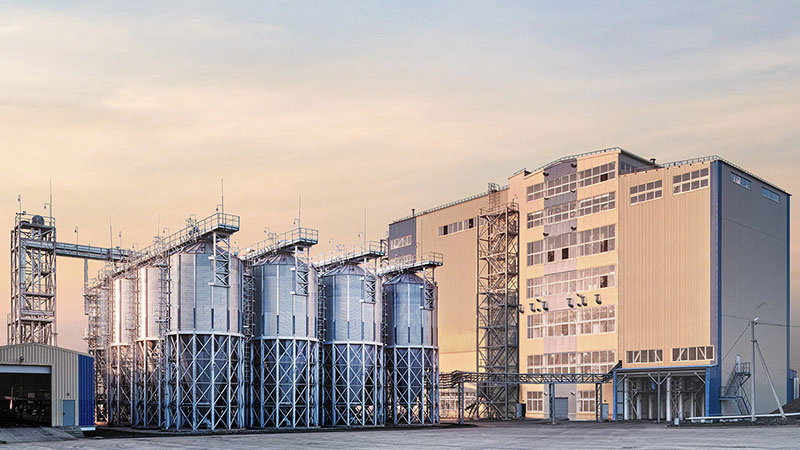
At RICHI, we go beyond project completion. With RICHI Servicee, we’re your dedicated partners in success. Count on us for expert guidance, minimal downtime, and optimized productivity. Choose RICHI for unmatched service and support.
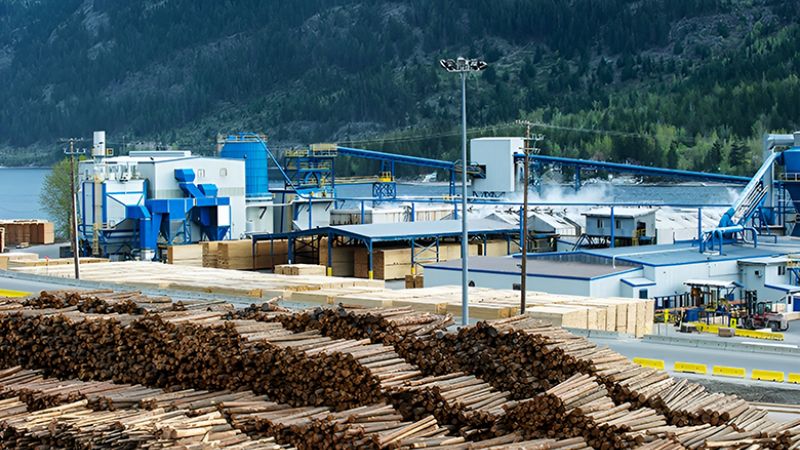
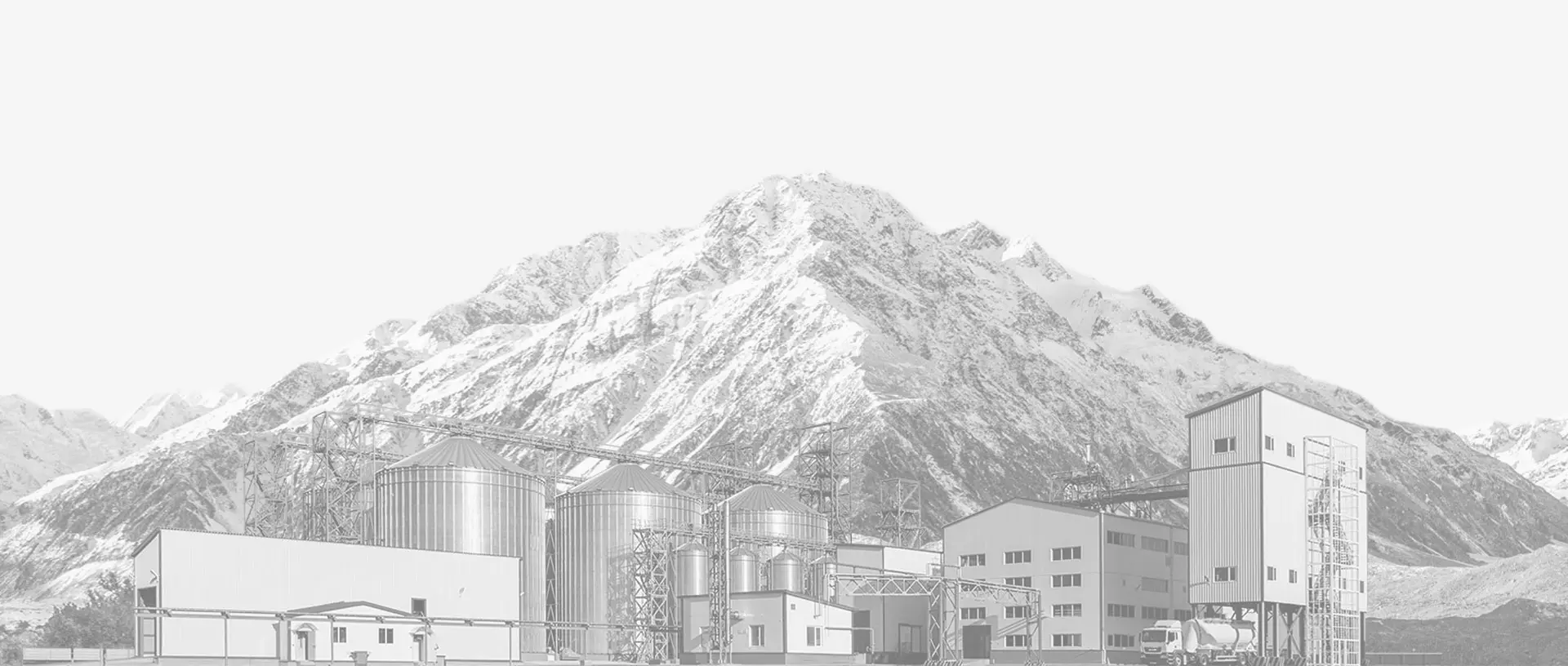

Meet global product demands and quality standards with industry-leading pellet plant design, engineering, equipment, and construction services for pellet processors.
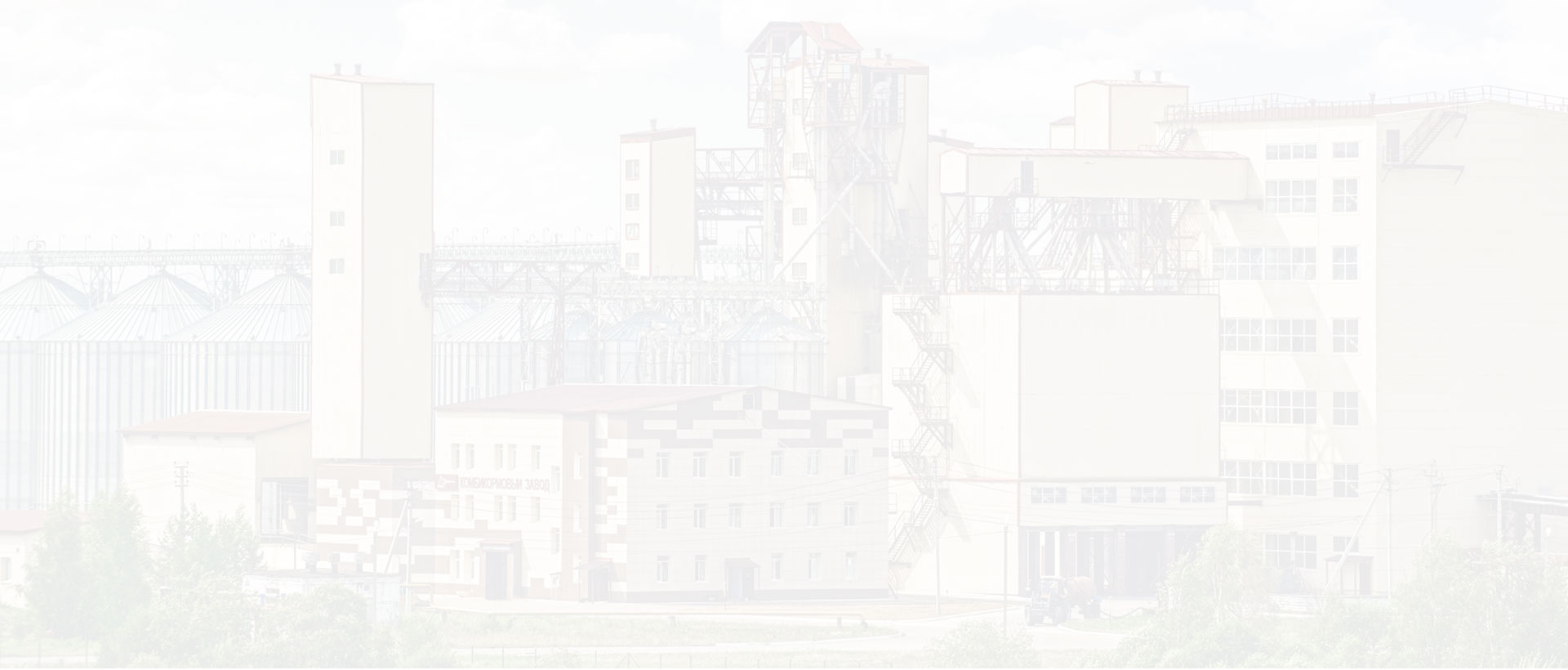

Your Partner Beyond Project Completion
2000+ cases
RICHI is the leading designer, manufacturer and builder of pellet plants in the world, completing over 2000 projects in 140 countries across 6 continents.
Read More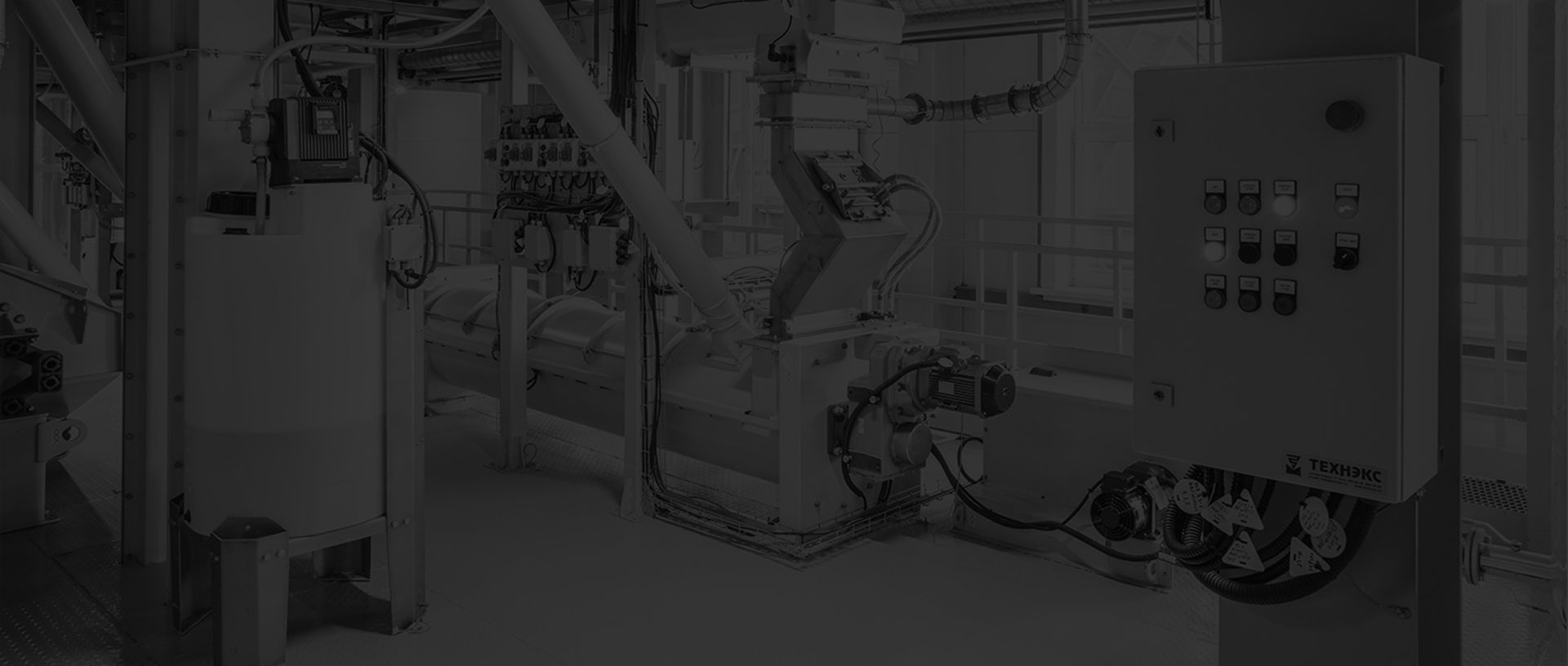
Increase plant productivity, profitability, and safety by integrating high quality equipment into your pellet production line. Over the years, RICHI has become China's top pellet equipment manufacturer. At the same time, RICHI has established valuable partnerships with the world's leading component and raw material manufacturers to bring you the best there is in technology, automation, and efficiency in pelleting plant machinery.

For nearly 30 years, RICHI has been providing best-in-class pellet plant equipment and services to clients across a variety of industries, sizes, and needs. We pride ourselves on the knowledge and skill that each team member possesses – from our technical sales team to our process design engineers. You can count on RICHI Machinery to take your operation to the next level of innovation, quality, and success.
Need help with your pellet manufacturing plant project? Contact us today.
ANIMAL FEED
BIOMASS
WOOD
ORGANIC FERTILIZER
AQUA FEED
CAT LITTER
MUNICIPAL WASTE RECYCLING
SPECIAL PELLET PRODUCTION
RICHI Machinery continues to deliver world class pellet mill equipment, pellet plant engineering and project solutions that add value to our customers in the animal feed, wood waste, agriculture waste, organic fertilizer, cat litter and special pellet products industries. Throughout the years, we RICHI Machinery have built strong brand, becoming industry-leading pellet machine manufacturer. We value integrity, promise quality, and prioritize your success.
Learn MoreWith our expert team, we precisely implement your process engineering requirements in pellet mill and pelletizing plant systems. No matter which industry you’re in – we understand your needs and deliver solutions that meet the highest standards.
At RICHI, quality comes first. Our pellet making machine and related pellet line equipment undergo rigorous quality controls to ensure they meet the highest standards. Rely on products that are durable, safe, and efficient.
With decades of experience in pellet machine and pellet production line production, we have earned a reputation as a trusted partner in various industries. Our expertise allows us to cover a wide range of applications.
Not only do we offer premium pelleting equipment, but we are also experts at designing, building, installing, and maintaining facilities from the ground up. Our expertise is within pellt plant process design, discovering the most efficient, productive, and profitable way to handle your materials in an end-to-end cycle.

Keeping in touch with us is an effective way to solve all your problems. If you have any needs or questions, please leave your contact information, then RICHI technical consultants will send design, quotation, videos to your mailbox. You can also contact us directly via WhatsApp: +86 13838389622
Copyright©2015-2024 by HENAN RICHI MACHINERY CO., LTD. All rights reserved.